Home>Garden Essentials>How Long Does Fresh Greenery Last
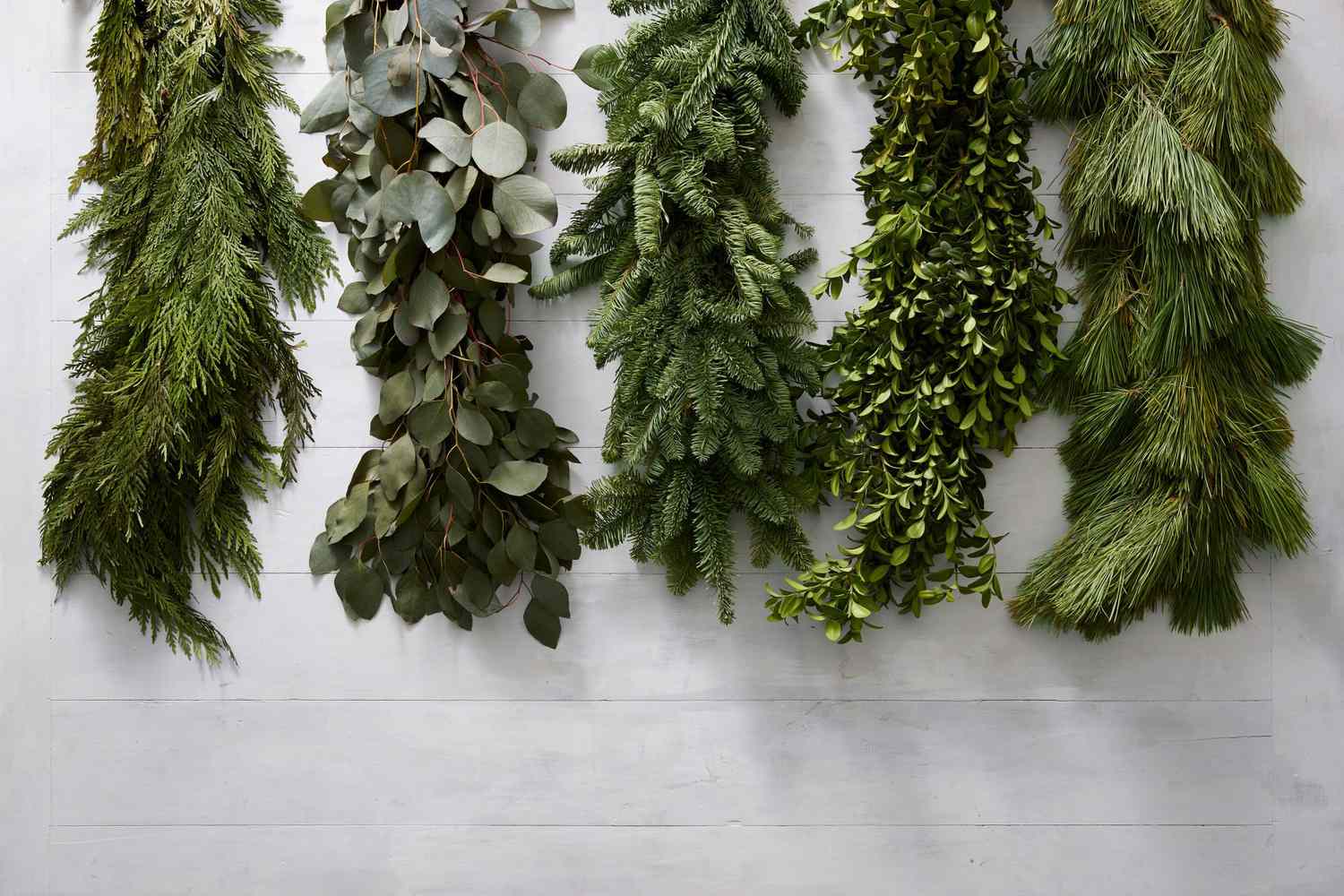

Garden Essentials
How Long Does Fresh Greenery Last
Modified: March 7, 2024
Discover how long fresh greenery can last in your garden. Learn tips and techniques to maintain the longevity of your garden greenery.
(Many of the links in this article redirect to a specific reviewed product. Your purchase of these products through affiliate links helps to generate commission for Storables.com, at no extra cost. Learn more)
Introduction
Welcome to the world of fresh greenery! Whether you are a seasoned gardener or a budding enthusiast, nothing adds life and vibrancy to a space quite like the presence of lush plants and foliage. The beauty of fresh greenery extends beyond its visual appeal; it also fills the air with a refreshing aroma and contributes to a positive and calming environment.
However, as with any living thing, fresh greenery has a limited lifespan. Understanding how long different types of greenery last and how to care for them can help ensure they stay vibrant and healthy for as long as possible.
There are various factors that affect the lifespan of fresh greenery. Internal factors such as the type and health of the plant, as well as external factors like environmental conditions and care practices, all play a significant role in determining how long your greenery will last. By knowing and addressing these factors, you can maximize the lifespan and enjoyment of your fresh greenery.
In this article, we will delve into the different factors that affect the lifespan of fresh greenery, explore the various types of greenery and their lifespans, provide tips on caring for fresh greenery to extend its lifespan, and highlight the signs of spoilage to watch out for.
So, whether you have a stunning bouquet of flowers, a potted plant, or a festive wreath, join us as we dive into the world of fresh greenery and discover how to keep it looking its best for as long as possible.
Key Takeaways:
- Keep your greenery vibrant by understanding its lifespan, providing proper care, and recognizing signs of spoilage. With attention and love, your plants will thrive and bring joy to your space.
- Different types of greenery have varying lifespans, from a few days to several years. By tailoring care practices to each plant’s needs, you can extend their beauty and enjoy them for longer.
Factors Affecting the Lifespan of Fresh Greenery
Several factors influence the lifespan of fresh greenery, and understanding these factors can help you make informed decisions on how to care for your plants. Here are some key factors to consider:
- Type of Greenery: Different types of plants have varying lifespans. Some plants, like annual flowers, are designed to bloom, set seed, and die within one growing season. Others, like perennial plants, can live for several years with proper care. Understanding the lifespan of the specific type of greenery you have will give you a baseline for how long to expect it to last.
- Environmental Conditions: The environment in which your greenery is placed has a significant impact on its lifespan. Factors such as temperature, humidity, light exposure, and air circulation all play a role in how well the plants thrive. For example, if a plant requires bright indirect light but is placed in a dark corner, it may not last as long as expected.
- Watering and Moisture Levels: Proper watering is essential for the health and longevity of fresh greenery. Overwatering or underwatering can lead to stress, root rot, and premature wilting. It’s crucial to understand the specific watering needs of your greenery and provide them with an appropriate amount of water to ensure their longevity.
- Fertilization: Fertilizers provide essential nutrients that plants need for growth and vitality. Regularly fertilizing your greenery can help prolong its lifespan. However, it’s essential to follow the recommended dosage and frequency specified for each type of plant, as overfertilizing can cause harm.
- Pest and Disease Control: Pests and diseases can significantly impact the lifespan of greenery. Common pests like aphids, mealybugs, and spider mites can damage leaves and weaken the plant. Diseases such as fungal infections can also spread quickly and reduce the plant’s lifespan. Maintaining good hygiene practices and promptly addressing any pest or disease issues are crucial for preserving the health and longevity of your greenery.
- Handling and Maintenance: How you handle and care for your greenery can make a big difference in its lifespan. Rough handling, improper pruning techniques, and neglecting to remove dead leaves or flowers can all contribute to the deterioration of your plants. Be gentle with your greenery, follow proper pruning techniques, and regularly remove any signs of decay to help it last longer.
By considering these factors and adapting your care practices accordingly, you can significantly extend the lifespan of your fresh greenery. So, let’s dive into the different types of greenery and explore their specific lifespans in the next section.
Types of Fresh Greenery and Their Lifespan
The world of fresh greenery is vast and diverse, with a wide range of plants and foliage to choose from. Each type of greenery has its own unique characteristics, including its lifespan. Here are a few popular types of fresh greenery and their expected lifespans:
- Cut Flowers: Cut flowers are a classic choice for adding beauty and elegance to any space. However, they typically have a relatively short lifespan. Depending on the type of flower, cut flowers can last anywhere from a few days to a couple of weeks. Roses, lilies, and sunflowers, for example, tend to have a longer vase life compared to more delicate blooms like daisies or tulips.
- Potted Plants: Potted plants are a popular choice for indoor and outdoor gardening. The lifespan of potted plants can vary greatly depending on the species. Some potted plants, like succulents, can thrive for months or even years with proper care. Other plants, such as annuals, may only last for one season before they need to be replaced.
- Herbs: Herbs are beloved for their culinary and medicinal uses. They are generally fast-growing and have a relatively short lifespan when grown as annuals. However, many herbs can be grown as perennials with the right care, allowing you to enjoy fresh herbs year after year. For example, perennial herbs like rosemary, thyme, and mint can last for several years with appropriate maintenance.
- Wreaths and Garlands: Wreaths and garlands made from fresh greenery are popular decorative accents, especially during festive seasons. The lifespan of wreaths and garlands can vary depending on the type of foliage used and the environmental conditions they are exposed to. Generally, they can last anywhere from a few weeks to a couple of months with proper care and maintenance.
- Indoor Foliage Plants: Indoor foliage plants, such as pothos, snake plant, and peace lily, are known for their ability to improve indoor air quality and add a touch of green to our interiors. With proper care, these plants can thrive for several years, making them a long-lasting addition to your indoor space.
It’s important to note that these are general guidelines, and the lifespan of fresh greenery can vary based on individual factors and care practices. Some plants may last longer than expected, while others may have a shorter lifespan due to specific conditions. By understanding the lifespan of different types of greenery, you can make informed decisions about the plants you choose and how to care for them.
Now that we have explored the types of fresh greenery and their lifespans, let’s move on to the essential steps you can take to care for your greenery and extend its overall lifespan.
To make fresh greenery last longer, regularly mist it with water, keep it away from direct sunlight and heat sources, and change the water in the vase every few days.
Caring for Fresh Greenery to Extend its Lifespan
Proper care is crucial for maintaining the health and extending the lifespan of fresh greenery. Here are some essential steps you can take to ensure your greenery stays vibrant and lasts as long as possible:
- Provide Adequate Water: Water is essential for the survival of plants. Make sure to water your greenery regularly and provide the appropriate amount of moisture based on the specific needs of each plant. Avoid overwatering, which can lead to root rot, and underwatering, which can cause wilting and dehydration.
- Ensure Proper Lighting: Most plants require adequate light to thrive. Place your greenery in an area that receives the right amount of light based on its specific requirements. Some plants prefer bright, indirect light, while others thrive in direct sunlight. Adjust the location of your plants accordingly to prevent them from becoming leggy or weak due to insufficient light.
- Maintain Appropriate Temperature and Humidity: Different plants have different temperature and humidity preferences. Ensure that your greenery is kept in an environment that matches its specific needs. Avoid exposing plants to extreme temperature fluctuations or placing them near heating or cooling vents, which can dry out the air.
- Fertilize Regularly: Providing your greenery with the necessary nutrients is essential for its overall health and longevity. Consider using a balanced fertilizer and follow the instructions provided for the specific type of plant. Avoid overfertilizing, as this can lead to chemical burns or nutrient imbalances.
- Prune and Trim: Regular pruning and trimming help promote healthy growth and prevent the accumulation of dead or decaying foliage. Remove any yellowed or damaged leaves, as they can contribute to the spread of diseases and pest infestations. Pruning also helps shape your plants and encourage the development of new shoots.
- Monitor and Control Pests: Keep a careful eye out for any signs of pest infestations, such as aphids, mealybugs, or spider mites. Promptly address any pest issues by using natural or chemical-based treatments to prevent them from damaging your greenery.
- Regularly Clean and Dust: Dust and dirt can accumulate on the leaves of your greenery, hindering their ability to photosynthesize and grow. Gently wipe down the leaves with a soft cloth or use a spray bottle filled with water to keep them clean and free from dust. This simple act can help your greenery thrive and maintain its vibrant appearance.
By following these care practices and tailoring them to the specific needs of your greenery, you can extend their overall lifespan and enjoy their beauty for a longer period. Remember to always stay attentive to the individual requirements of each plant and make adjustments as needed.
Next, let’s explore the signs of spoilage in fresh greenery so that you can recognize when it’s time to take action.
Signs of Spoilage in Fresh Greenery
Even with proper care, fresh greenery can eventually show signs of spoilage. It’s important to be able to recognize these signs to take appropriate action and prevent further damage. Here are some common indications that your greenery may be spoiling:
- Wilting: One of the first signs of spoilage is wilting. If your greenery starts to droop and the leaves become limp, it may be an indication of dehydration or root damage. Check the soil moisture levels and adjust your watering routine accordingly.
- Browning or Yellowing Leaves: When the leaves of your greenery start turning brown or yellow, it could be a sign of various issues, including overwatering, underwatering, nutrient deficiencies, or even pest infestations. Assess the condition of the plant and address the underlying problem as soon as possible.
- Mold or Fungi Growth: The presence of mold or fungi is a clear indication of spoilage. Excessive moisture, poor air circulation, and high humidity levels can promote the growth of mold or fungi on the leaves, stems, or soil. Remove any affected parts and adjust the environmental conditions to prevent further spreading.
- Decaying or Slimy Stems: If you notice that the stems of your greenery are decaying or have a slimy texture, it is a sign of rot. This can be caused by overwatering, inadequate drainage, or bacterial or fungal infections. Trim off any affected parts and improve the watering and drainage practices to prevent further decay.
- Unpleasant Odor: A foul or unpleasant odor emanating from your greenery is a clear sign of spoilage. It can indicate bacterial or fungal growth, decay, or even pest infestations. Investigate the source of the odor and take appropriate actions to address the problem and prevent further deterioration.
If you notice any of these signs of spoilage, it is important to take immediate action to prevent further damage and salvage your greenery. Depending on the issue, you may need to adjust your watering routine, improve air circulation, treat for pests or diseases, or trim away decaying parts.
Remember, early intervention is key in reversing spoilage and ensuring the health and longevity of your fresh greenery. Regularly inspect your plants and address any issues promptly to maximize their lifespan and enjoyment.
Now that we have explored the signs of spoilage, let’s wrap up our discussion and summarize what we’ve learned about extending the lifespan of fresh greenery.
Read more: How Long Will Fresh Thyme Last In The Fridge
Conclusion
Fresh greenery brings life, beauty, and a sense of tranquility to our homes and gardens. By understanding the factors that affect the lifespan of greenery and implementing proper care practices, we can extend their longevity and enjoy their presence for as long as possible.
Factors such as the type of greenery, environmental conditions, proper watering and fertilization, pest and disease control, and gentle handling all play a significant role in determining the lifespan of fresh greenery. By considering these factors and adapting our care practices accordingly, we can create an optimal environment for our plants to thrive.
Various types of fresh greenery have different lifespans, ranging from a few days to several years. Cut flowers, potted plants, herbs, wreaths, garlands, and indoor foliage plants each have their own unique characteristics and care requirements. Understanding these differences allows us to choose the right greenery for our spaces and provide them with the appropriate care to maximize their lifespans.
To extend the lifespan of fresh greenery, it is essential to provide adequate water, proper lighting, appropriate temperature and humidity levels, regular fertilization, pruning and trimming, pest control, and regular cleaning. By following these care practices and being attentive to the signs of spoilage, we can take proactive measures to prevent further damage and ensure the health of our plants.
The signs of spoilage in fresh greenery include wilting, browning or yellowing leaves, mold or fungi growth, decaying or slimy stems, and an unpleasant odor. By recognizing these signs early on, we can address the underlying issues and salvage our greenery before it deteriorates further.
Caring for fresh greenery is a continuous process that requires observation, adjustment, and dedication. By staying attuned to the individual needs of our plants, we can create an environment that supports their growth and enhances their lifespan. With proper care, our greenery can thrive, bringing joy and beauty to our surroundings.
So, whether you have a bouquet of cut flowers brightening up your dining table, a potted plant adorning your windowsill, or a wreath gracing your front door, remember to provide them with the love and care they deserve. The rewards will be worth it as you witness the vibrant longevity of your fresh greenery.
Frequently Asked Questions about How Long Does Fresh Greenery Last
Was this page helpful?
At Storables.com, we guarantee accurate and reliable information. Our content, validated by Expert Board Contributors, is crafted following stringent Editorial Policies. We're committed to providing you with well-researched, expert-backed insights for all your informational needs.
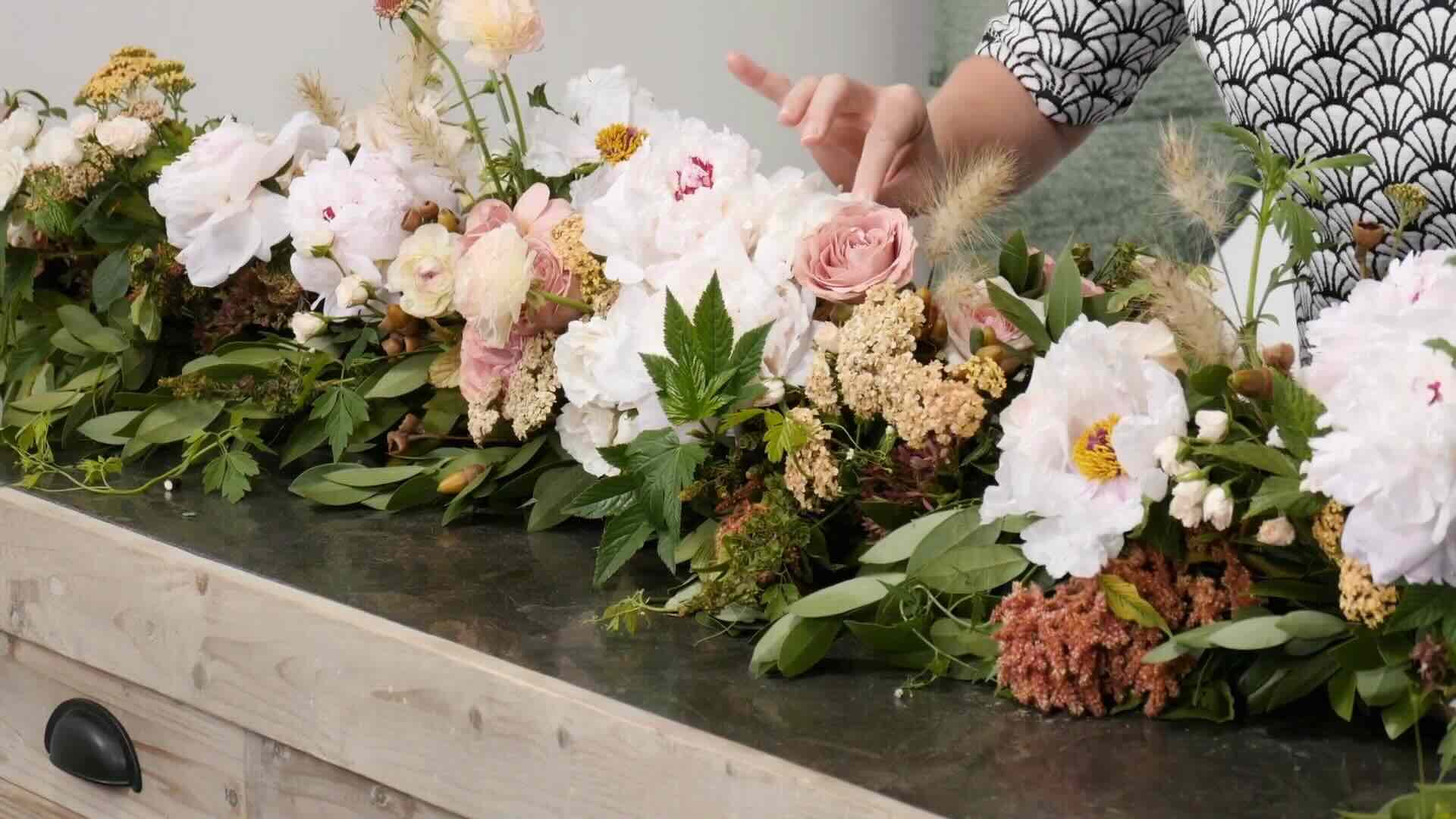
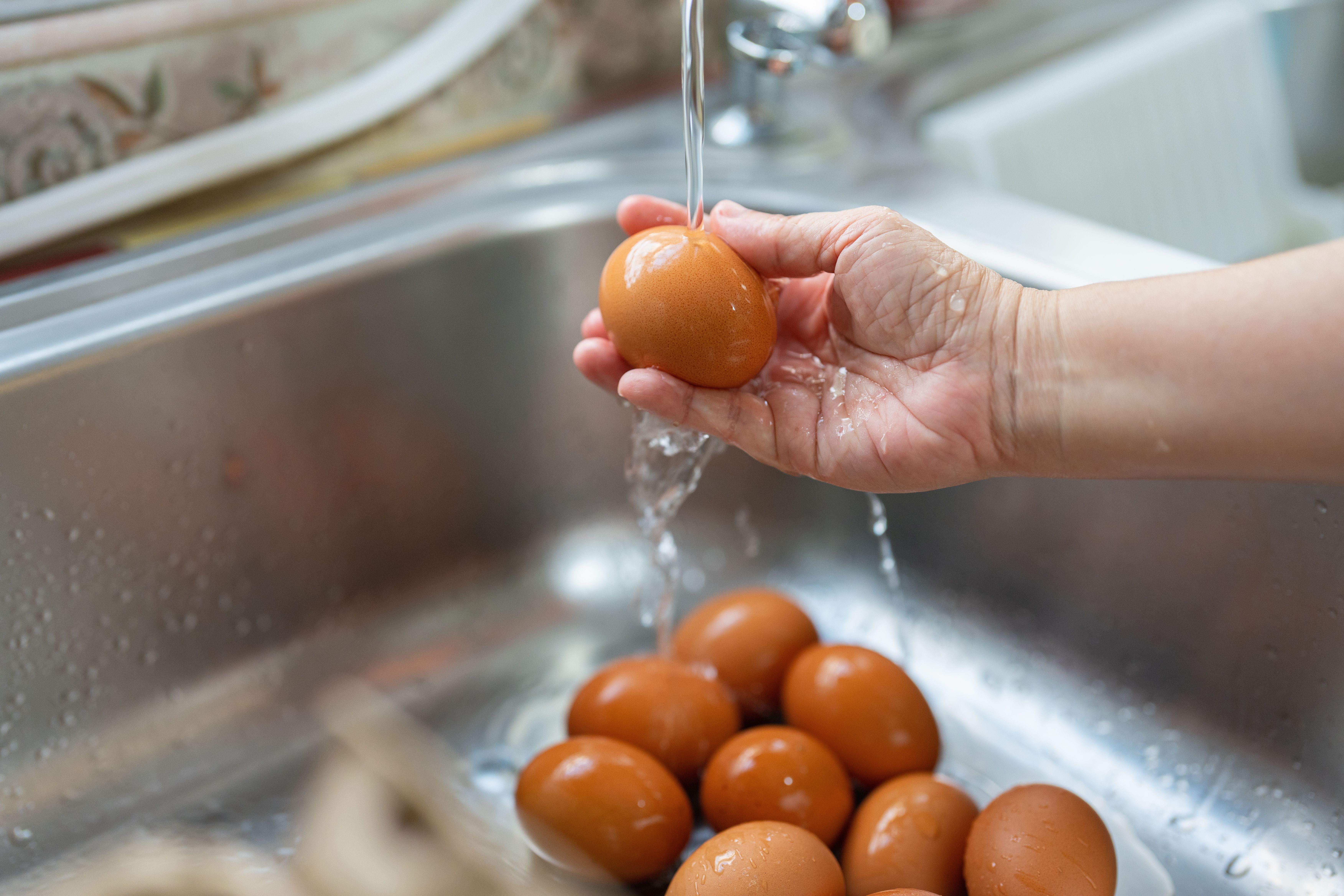
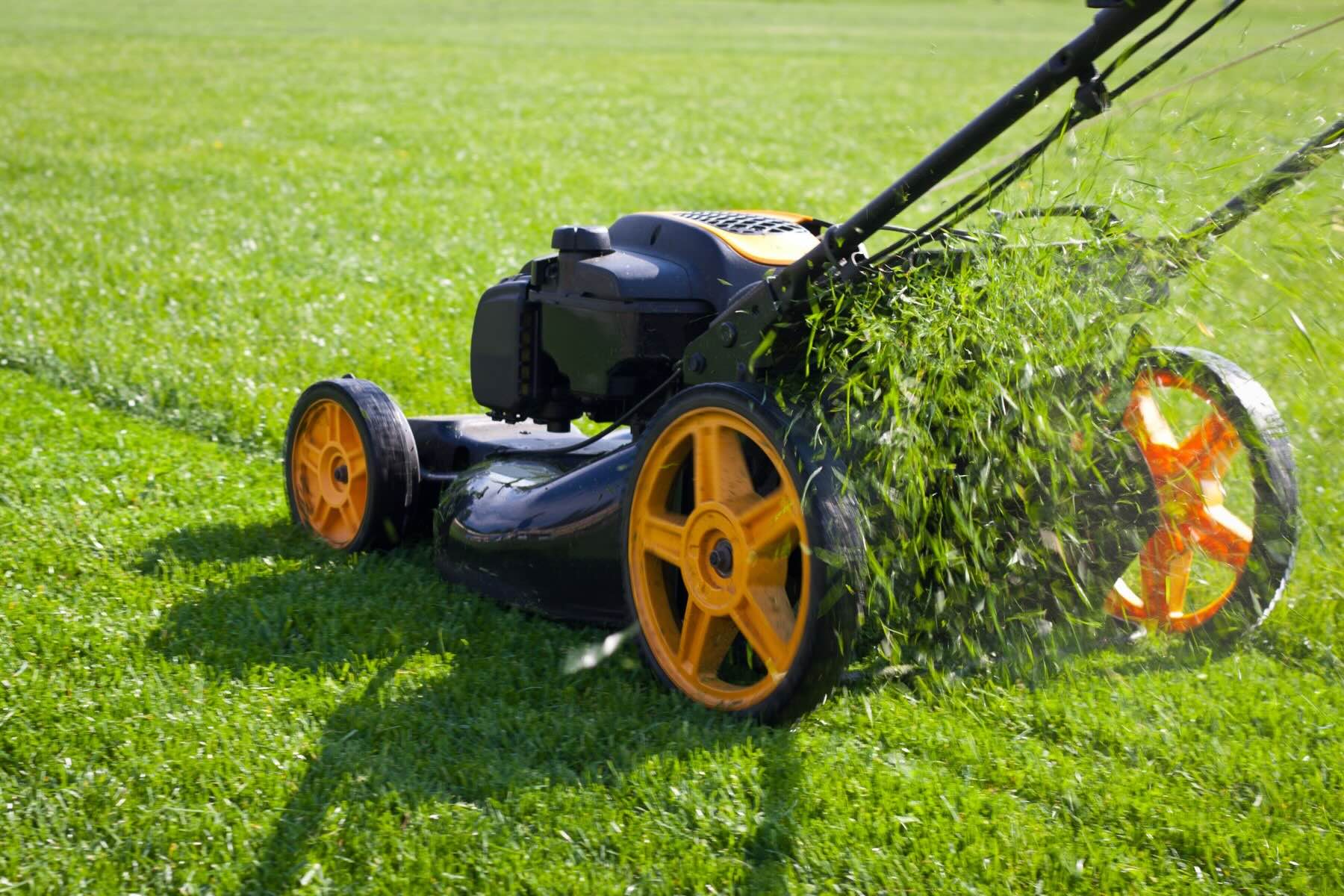


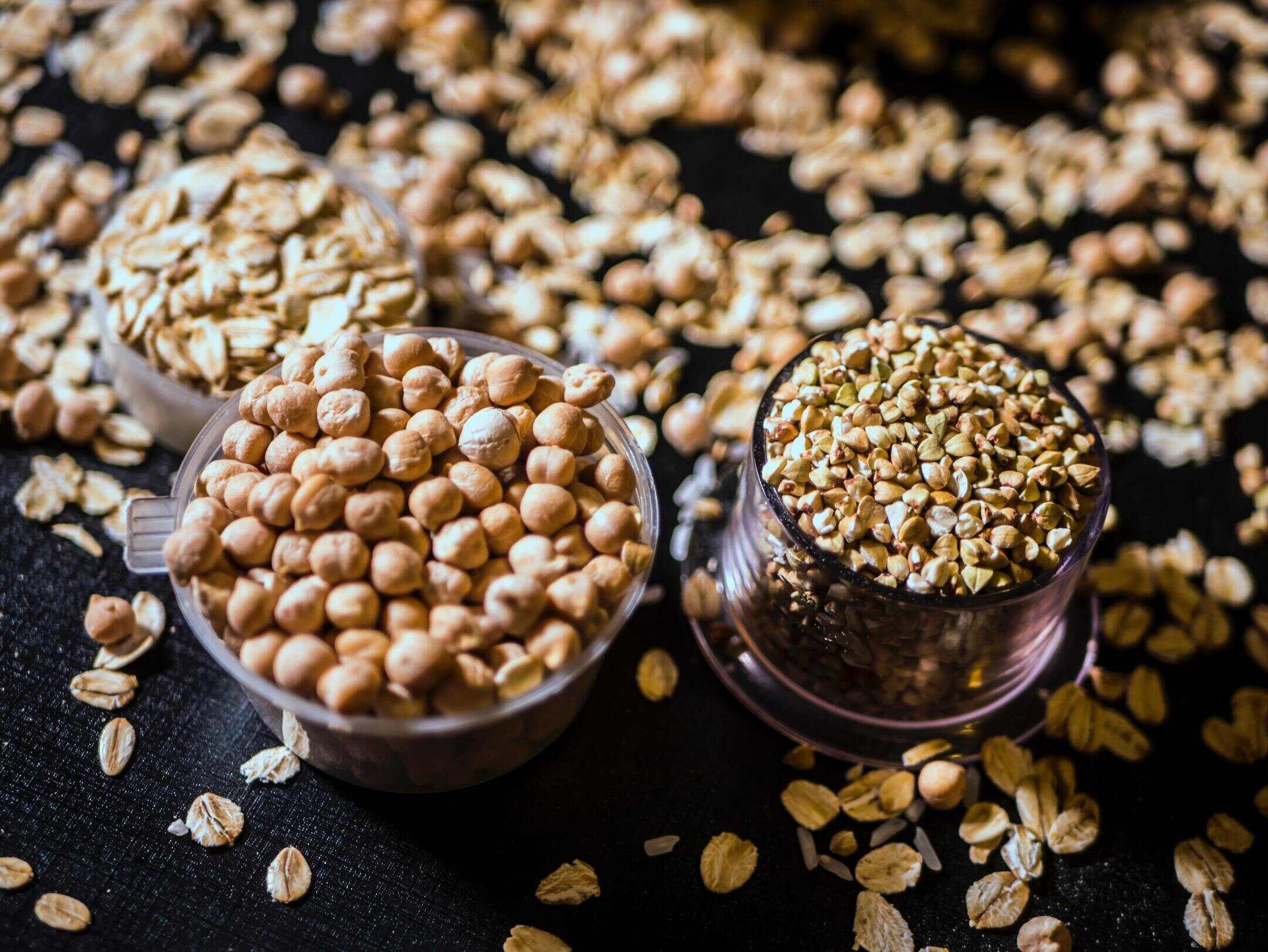
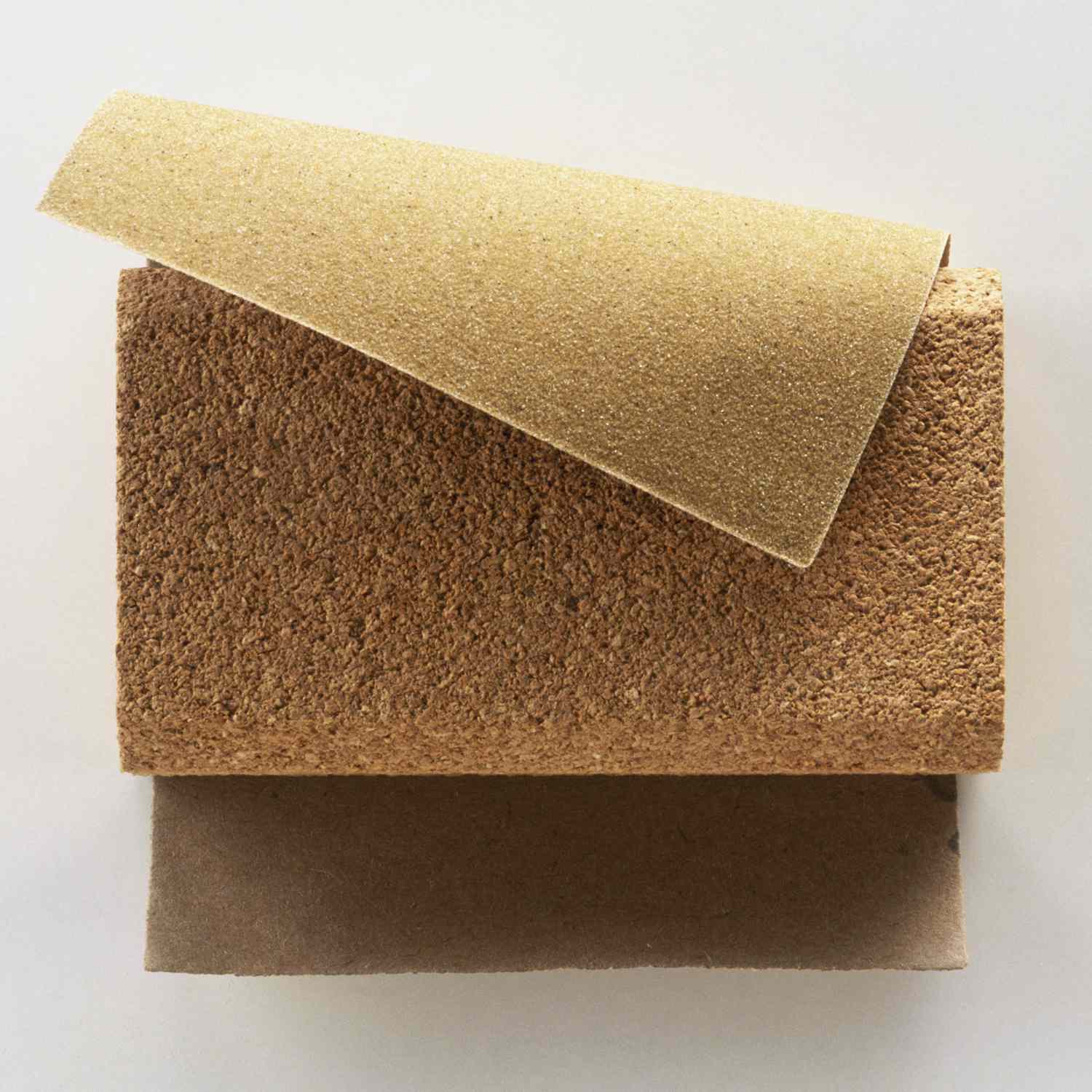

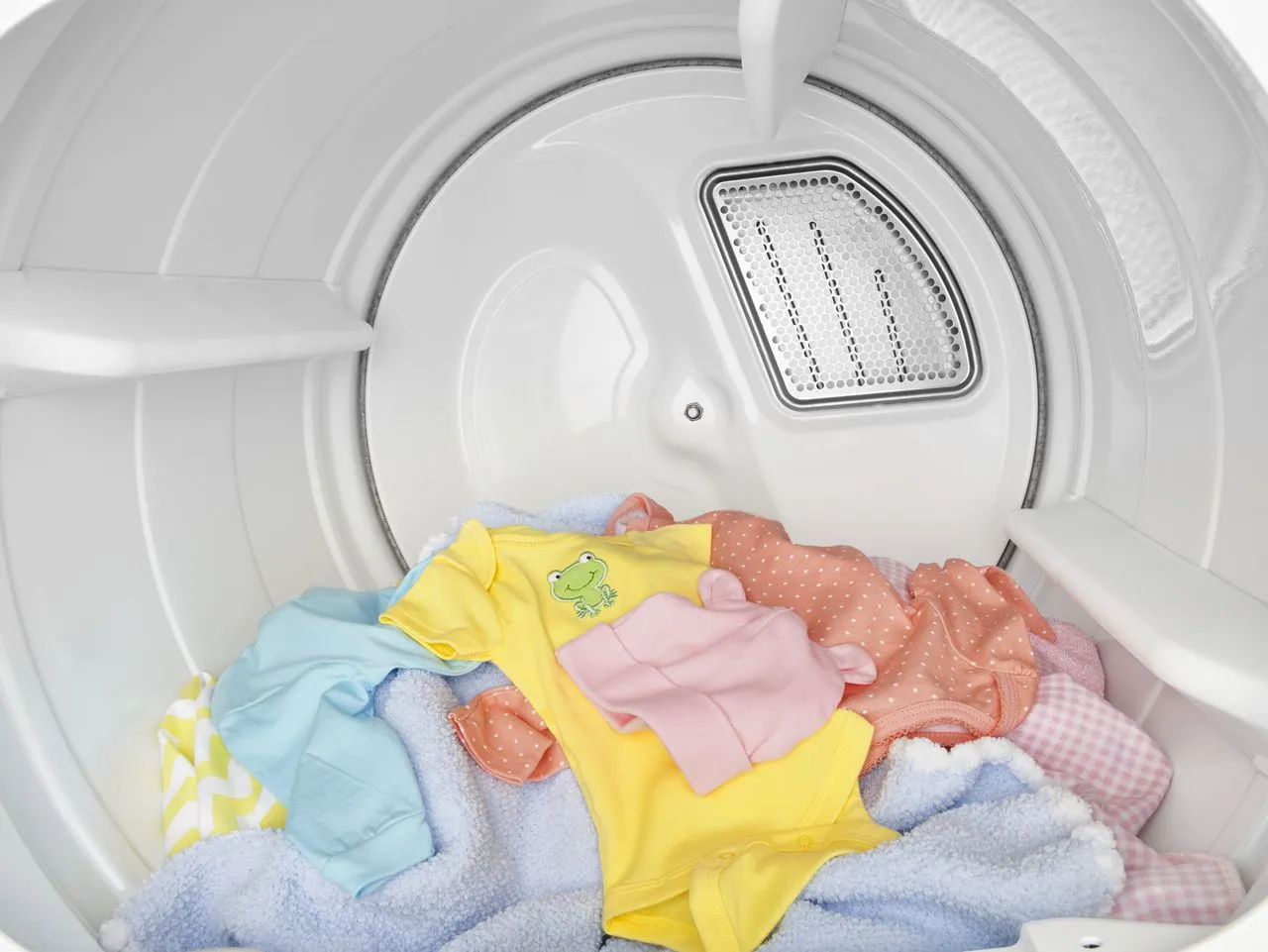


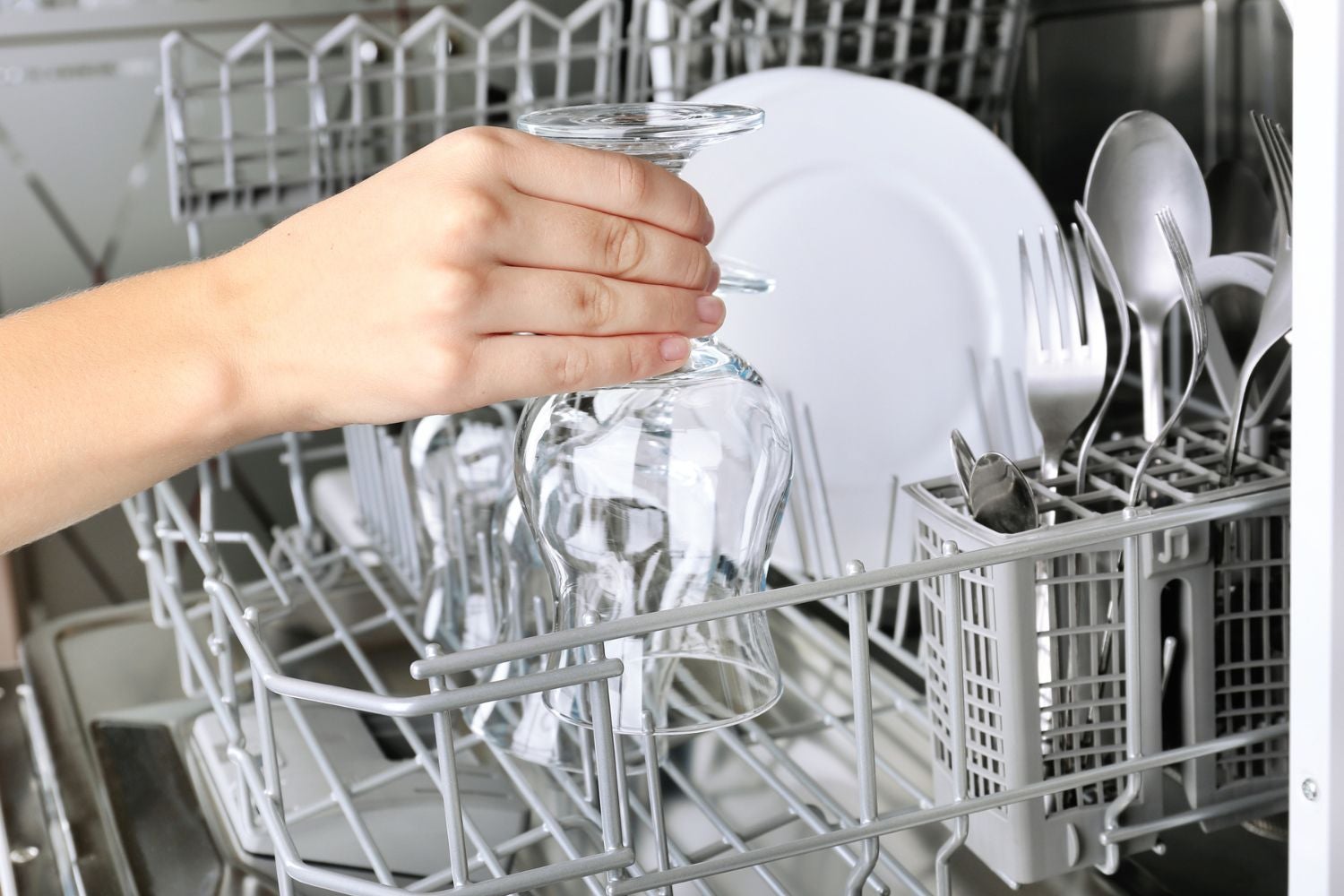
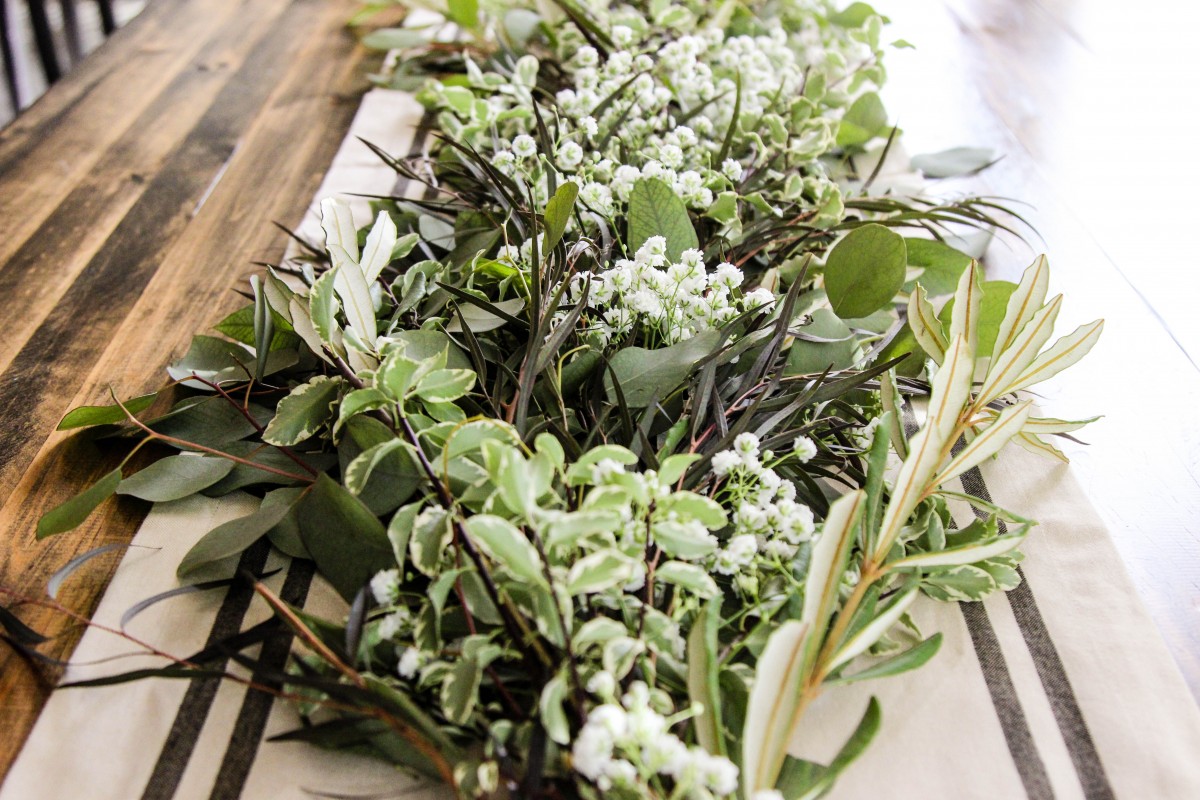
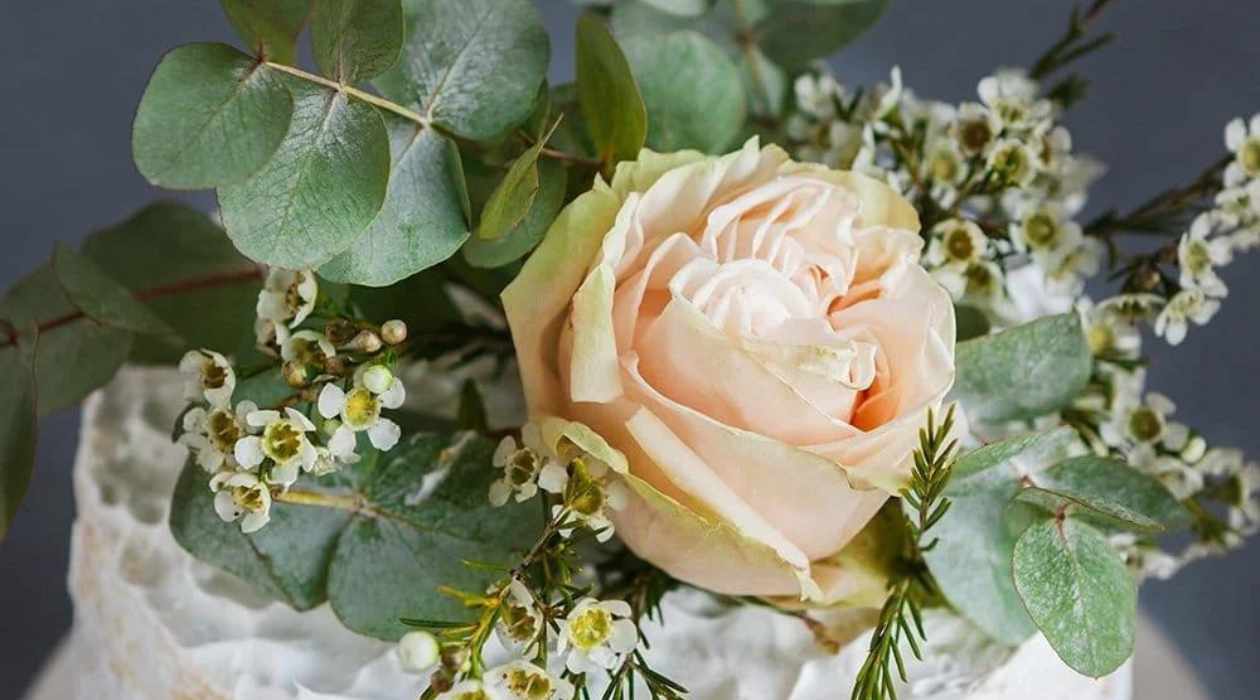

0 thoughts on “How Long Does Fresh Greenery Last”